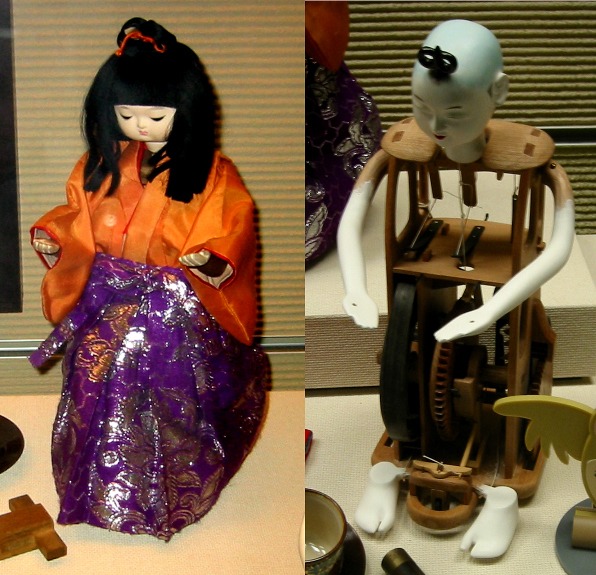
You can even take classes. Yasutaka Nakamura, after 22 years of puppet practice, offers classes that attract company managers. They view this form of puppet as a communication skill (NHK, 2016).
An example of a hand towel puppet in action.
The puppet’s moves are based on classic Japanese dance. One of the hallmarks of Japanese dance is the pause. Dancers freeze for several moments before continuing. These pauses make the puppets look more alive.
Oshibori are heated, but during summer months cold towels are used instead. They are meant for hands and puppet making, not for wiping faces, chests, necks, or anything else. Although there is some allowance for pressing (not wiping) the towel to your face. Companies specialize in cleaning and providing oshibori. Often, the towels ship already dampened in plastic bags. Sometimes the towels are scented with mint, citrus, or floral aromas. They shouldn’t be used to wipe your mouth, and etiquette dictates you roll the towels when finished (Morales, 2010).
Of course, that doesn’t mean you can’t fold the towels into art before you are finished:
How to fold a bird.
How to fold a rabbit.
How to fold a toilet.
References
Morales, D. (2010). Big (only) in Japan? Oshibori. Japan Times. http://blog.japantimes.co.jp/japan-pulse/big-only-in-japan-oshibori/
NHK. (2016). Building Bonds Using Hand-Towel Puppets. NHK. http://www3.nhk.or.jp/nhkworld/en/news/editors/3/20160218/index.html



